1. The Great Tupperware Ban (1950s)
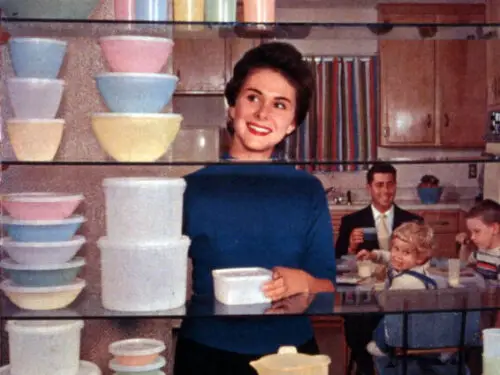
This one might sound a bit silly, but in the 1950s, the government tried to restrict Tupperware parties and home-based sales, according to Jon Kelly from the BBC. The issue was that, at the time, the government didn’t have a clear structure for handling direct selling businesses like Tupperware, and some lawmakers thought they were a little too “wild west.” Tupperware parties were sprouting up all over the place, and there was concern over how the company’s sales tactics might be taking advantage of housewives. For a while, there were talks of regulating the gatherings more strictly, as though they were secret underground organizations.
Luckily, the public wasn’t having it, and Tupperware continued to thrive, becoming a staple of suburban life. The government eventually eased up on the restrictions, realizing that regulating home parties was a bit too far-reaching. The whole situation proved that the government wasn’t always great at predicting what people actually wanted—like, who knew that plastic food storage would become such a sensation?
2. Banning “The Simpsons” (1990s)
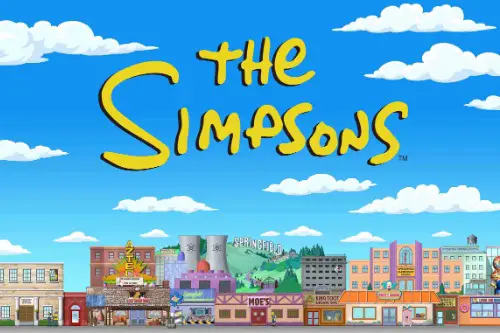
Back in the ’90s, The Simpsons, that animated family known for their irreverent humor, became a target for government censorship, as Adrienne Tyler and Shawn S. Lealos from ScreenRant share. At the time, some parents and politicians saw the show as a poor influence on children, worried that Bart Simpson’s mischievous antics and “Eat my shorts!” catchphrase were teaching disrespect. A movement to ban the show began in certain areas, claiming it was the downfall of proper family values. They thought that the family’s goofy behavior would inspire kids to skip school, talk back to their parents, and engage in other acts of rebellion.
Despite all the drama, The Simpsons kept airing and became a pop culture phenomenon, running for decades. The controversy did exactly what the government wanted to avoid—it made the show even more popular. So, in the end, it wasn’t so much about keeping kids from watching as it was about making them want to tune in more. After all, nothing drives curiosity like telling someone they can’t do something!
3. Banning Rock ‘n’ Roll (1950s–1960s)
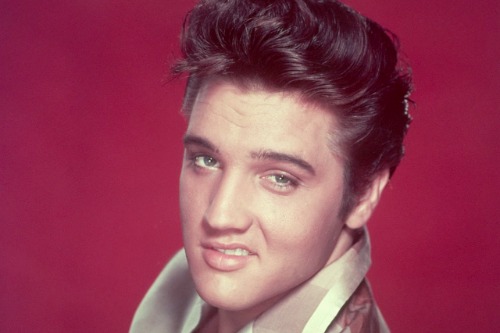
In the 1950s, the U.S. government wasn’t exactly thrilled about the rise of rock ‘n’ roll, which it saw as a “bad influence” on the youth, Mike McPhate from the California Sun explains. With the rebellious rhythms of Elvis Presley, Chuck Berry, and Little Richard shaking up the airwaves, some politicians and parents feared that the music was corrupting a whole generation. The concern? That rock ‘n’ roll was promoting “immorality” and encouraging teenagers to defy authority. They even pushed for restrictions on radio airplay, fearing that the music was just too dangerous for young minds.
But, of course, rock ‘n’ roll didn’t go anywhere. Instead, it became even more popular, with kids sneaking off to concerts and blasting records at home. It turned out that banning something only made people want it more, and rock music became a symbol of youthful rebellion. The government’s attempt to silence the music was about as successful as trying to put a lid on a soda bottle that’s been shaken too much!
4. The “No Talking” Rule in Libraries (1980s)

In the 1980s, libraries across the U.S. started adopting stricter “quiet zones,” where even whispers were banned. The idea was to create the ultimate environment for studying and focusing, but the policy became a bit extreme in some cases. In some areas, librarians even began issuing fines for whispering, let alone speaking aloud. The government, in an effort to create “perfectly peaceful libraries,” started enforcing these rules more strictly, leading to complaints about the loss of community spaces where people could casually interact.
It turned out that people weren’t thrilled about the idea of being shushed at every turn, and the extreme quiet zones eventually softened up. Libraries became spaces for people to relax and have a little fun while reading. While the intention was good, the result was less about promoting learning and more about stifling social interaction. Today, most libraries offer quiet and social areas, finding a balance between stillness and chatter.
5. Daylight Saving Time Push (1970s)

During the energy crisis of the 1970s, the U.S. government took the bold step of standardizing Daylight Saving Time (DST) nationwide in an effort to conserve energy. The theory was that longer daylight hours would reduce the need for artificial lighting, saving electricity. It meant that everyone had to spring forward an hour earlier each year, despite how much the time change threw off people’s sleep schedules and daily routines. People were not thrilled about the sudden shift, and it led to all kinds of grumbling about the loss of an hour of precious weekend sleep.
In the long run, though, the benefits of DST were called into question, and it became one of those things that people complained about every year but couldn’t do much about, according to Meilan Solly from the Smithsonian Magazine. The government eventually acknowledged that while it might have saved some energy, the impact wasn’t as significant as hoped. The policy stuck around, though, making sure that every spring, people everywhere could collectively groan about losing an hour.
6. “The War on Drugs” (1980s–1990s)
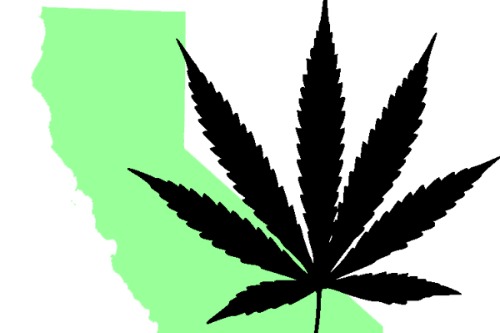
While the “War on Drugs” wasn’t exactly meddling with everyday things in the sense of banning specific items, it had a profound effect on daily life for many Americans. The government pushed harsh drug policies, including mandatory minimum sentences for drug-related offenses, which led to mass incarceration. The policies disproportionately affected minority communities, and the heavy-handed approach to drug laws seeped into everything from public education to the entertainment industry. The government even tried to enforce mandatory drug testing in schools and workplaces.
While the intention was to reduce drug use, the consequences were often more harmful than helpful, with many people feeling that the government was overstepping into personal lives. The impact was felt not just in the courtroom but in everyday interactions, as suspicion and stigma against drug users spread. It wasn’t just about cleaning up neighborhoods—it became about creating a widespread panic over substance use, often disregarding the root causes of addiction. Over time, the nation started to re-examine these policies, but not without a lot of unintended consequences.
7. Limiting Television Violence (1970s–1990s)
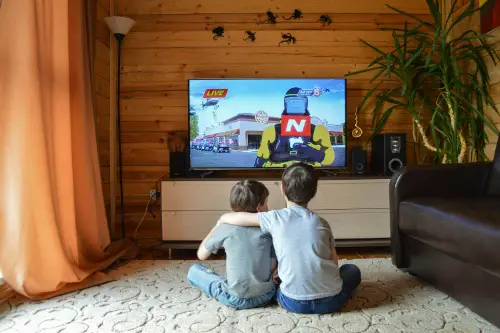
During the ’70s and ’80s, the U.S. government made several attempts to control the level of violence on television, fearing it was influencing the behavior of young viewers. The Federal Communications Commission (FCC) introduced guidelines aimed at limiting violent content in children’s programming and after-hours shows. Networks were pressured into cleaning up their content, and some even voluntarily adopted “family-friendly” standards. They believed that if kids watched fewer violent shows, they’d be less likely to mimic those actions in real life.
However, many TV producers and viewers saw these restrictions as a step too far in government interference with creativity and entertainment. The idea of censorship in entertainment sparked debates about freedom of speech and the role of the government in regulating media. Ultimately, television networks found ways to balance content, introducing new guidelines and self-regulation. The result? Television remained as wild as ever, though the push for content control kept the government meddling in the background.
8. The “Cigarette-Free” Era (1970s)
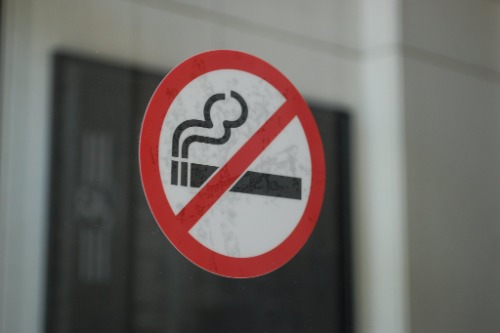
In the 1970s, the U.S. government really took aim at cigarettes, trying to curb smoking by introducing advertising restrictions, banning smoking in public places, and encouraging a national anti-smoking campaign. The government declared that smoking was the cause of countless health problems, from lung cancer to heart disease, and began promoting “smoke-free” environments. Advertisements for cigarettes were heavily restricted, and even iconic mascots like the Marlboro Man were put out to pasture. It felt like the government was on a mission to remove every last cigarette from sight.
While these policies definitely helped reduce smoking rates in the long run, the heavy-handed approach led to some unintended consequences. For instance, a lot of smokers went underground, turning smoking into a bit of a rebellious act. Plus, plenty of people still stubbornly held on to their cigarettes, making the government’s efforts feel more like a “nanny state” telling people how to live their lives. It wasn’t so much about freedom as it was about making people second-guess their every puff.
9. The “Anti-Suicide” Campaign for Video Games (1980s)

In the 1980s, after a string of tragic events involving young people and violent video games, the U.S. government decided to take a closer look at the impact of video games on behavior. A movement emerged, with politicians proposing to regulate violent video games, believing that they might be influencing children’s aggression. The government tried to convince parents to steer clear of violent games and even debated imposing age restrictions on certain games. The campaign was largely based on fear, with lawmakers convinced that every pixelated punch was a potential catalyst for real-world violence.
The backlash was immediate from both gamers and game developers, who argued that video games were just a form of entertainment, not a cause of violent behavior. By the end of the decade, the government largely backed off, realizing that it couldn’t control what people enjoyed in their own homes. Today, video games are more popular than ever, with a much more relaxed approach to regulation. The lesson here? It’s hard to stop a good game from being played, no matter how much you try to legislate it.
10. The “No Swearing in Movies” Movement (1930s)

In the early 1930s, the government made an attempt to regulate language in film, pushing for a complete ban on swearing in movies. The Motion Picture Production Code, also known as the Hays Code, was put in place to ensure that films adhered to moral standards, particularly when it came to language. Words like “damn” and “hell” were strictly forbidden, and even references to intimate relationships had to be censored. The government’s goal was to make movies more family-friendly, with a focus on keeping things “appropriate” for all audiences.
However, as films evolved and social norms shifted, these restrictions became more and more irrelevant. Directors pushed the boundaries, leading to the eventual collapse of the Hays Code in the 1960s. It turned out that trying to sanitize movies only made them more enticing for the rebellious crowd. By the ’70s, swearing in films became commonplace, and the rating system took over, giving audiences a better idea of what they were walking into.
11. Banning Coffee (1770s)

Believe it or not, the U.S. government once tried to ban coffee. During the 1770s, when tensions with Britain were high, the Continental Congress decided to discourage coffee consumption as a way to cut ties with British tea merchants. Coffee, being seen as a symbol of rebellion, was encouraged, while tea was regarded as too closely linked to British colonialism. The idea was that drinking coffee would help American colonists assert their independence, even in their choice of beverage.
Coffee quickly became the patriotic drink of choice, and soon after, it was embraced as a national symbol of freedom. The government’s attempt to interfere in the morning routines of colonists didn’t quite have the desired effect—in fact, it sparked a full-fledged coffee craze. Coffee houses became the unofficial headquarters for revolutionary ideas, and the beverage remains a cornerstone of American culture to this day. It was one of those rare moments where government meddling only fueled a cultural trend.
12. Regulating Hairstyles in the Military (1940s–Present)

In the U.S. military, there have been numerous attempts to regulate personal appearance, including strict rules on haircuts. While the idea was to maintain uniformity and discipline, some regulations have stirred up debates over individual expression. For example, the ban on certain hairstyles, such as long hair for men or unnatural colors for women, has been criticized as an overreach. The military insists that these rules are necessary for cohesion, but many service members have pushed back, especially as ideas of personal identity and expression evolve.
These grooming standards may be seen as a necessary part of military life, but they’ve sparked countless discussions about the balance between individuality and conformity. With each new generation, debates about what’s acceptable or necessary shift, as more people ask why their appearance should be subject to strict government control. While the military’s rules remain largely intact, the conversation continues to evolve with time.
13. The Great Diet Soda Ban (2000s)

In the early 2000s, certain U.S. states considered banning or heavily regulating diet sodas in an attempt to combat obesity and promote healthier living. They argued that diet sodas, with their artificial sweeteners, were contributing to unhealthy lifestyle habits. Some even proposed hefty taxes on sugary drinks to discourage consumption, claiming that the government needed to step in to fight the growing obesity epidemic. While some people applauded the effort, many felt that the government was overstepping, dictating what could and couldn’t be consumed.
Of course, diet sodas are still widely available today, and the debate about government regulation of sugary drinks continues. While taxes on soda have been implemented in a few places, the nationwide ban or restriction never materialized. The government found that, while it could encourage healthier habits, it couldn’t dictate every aspect of personal choice—especially when it came to something as universally loved as soda.
14. The “No Homework on Weekends” Push (1970s)

In the 1970s, a number of U.S. states experimented with the idea of banning homework on weekends to give kids more time to relax. The push came from concerns that kids were overburdened with schoolwork and needed to spend more time with their families or on extracurricular activities. Teachers and parents were divided, with some loving the idea of less homework stress, while others worried that it would lower academic standards. In some places, it led to awkward battles over how much homework was “too much.”
Ultimately, most schools abandoned the idea of a weekend homework ban, and the pressure to balance schoolwork and free time became just another challenge for students. The government quickly realized that kids might need a little downtime, but also a bit of structure to keep up with their studies. The solution? Giving teachers and parents more flexibility while still keeping the homework load manageable. Who knew that tackling homework would be such a political affair?
15. Banning the Use of “X” in Grades (1970s)

In the 1970s, some states introduced regulations aimed at eliminating the use of “X” as a grade. Educators feared that this ambiguous grade, which signified incomplete or missing work, would negatively affect students’ self-esteem. The government pushed for a more standardized grading system with clear distinctions between passing and failing, hoping to boost student morale. However, some teachers felt that removing the “X” would reduce flexibility for students who needed more time or assistance.
In the end, the government backed off, allowing schools to keep “X” or similar grades as long as there was clear communication with students and parents. The effort to standardize grading systems was well-meaning but overlooked the importance of providing flexibility in education. In a way, it was another reminder that not every attempt to “improve” things works out as planned. Sometimes, a little flexibility can go a long way in making sure everyone gets a fair shot at success.


